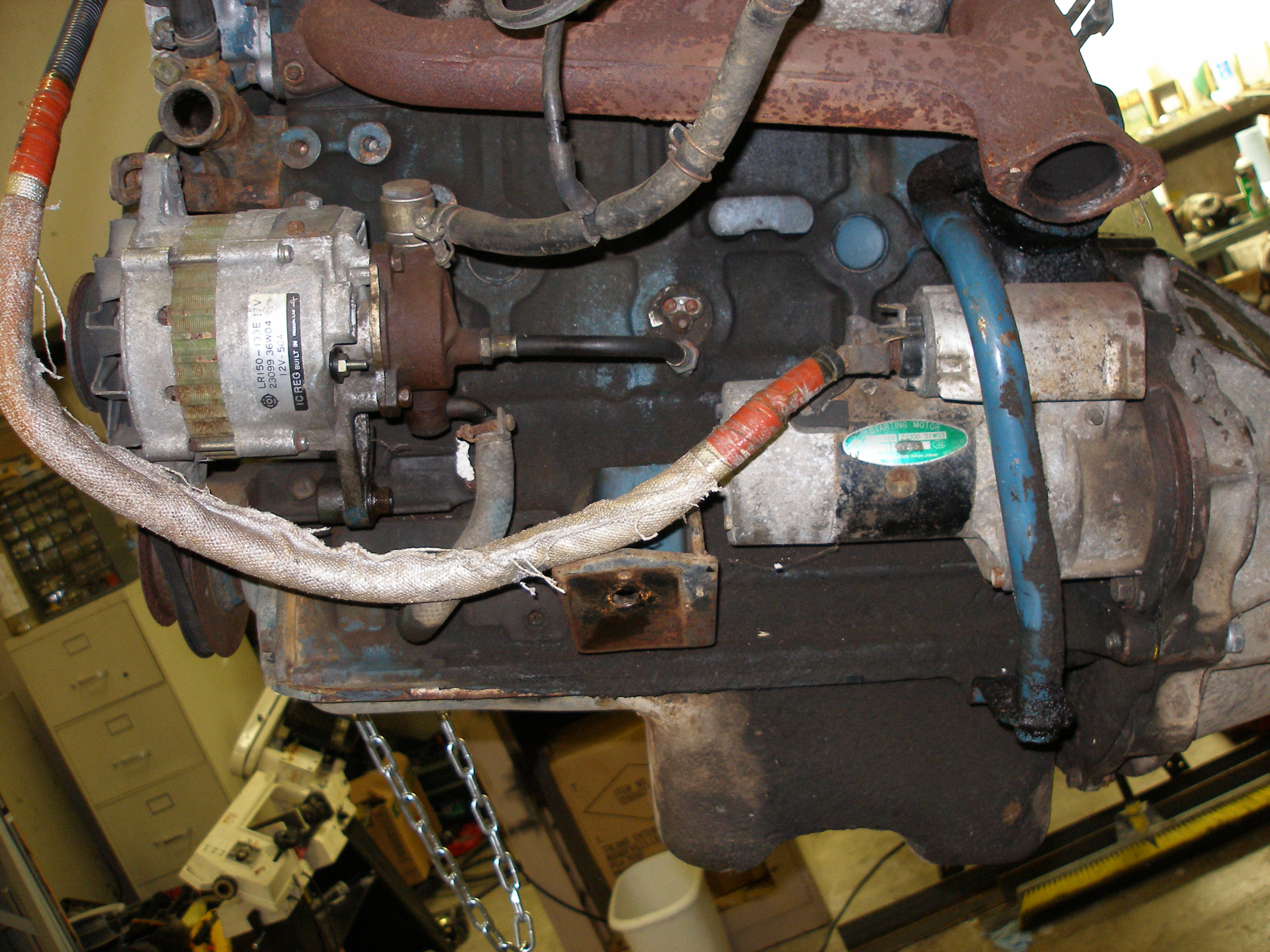I've read through all the other threads on hard starting but am more confused by the numerous potential causes than anything else.
I'm experiencing difficult, shaky starts with multiple stalls that smooth out in a minute or two. According to other posts, this would be symptomatic of a faulty GP system.
I have a question that came about following a multimeter test on my battery and GP system per Al's instruction:
Battery reads 12v with GP system energized or not. Upon testing voltage between the positive battery terminal and the No. 1 GP terminal with system energized, I get a reading of about 2.5v until the GP relay switches again. At that point, the voltage shoots back up to 12v. I'm confused about the wording of Al's test. I can't tell if I'm supposed to look for a slight voltage drop FROM 12v or just a low voltage reading. Can someone please make sense of what I've described? I'd be happy to clarify further.Quick check: Check battery voltage at the battery with GP system energized. Is it greater than 11v? If so, connect voltmeter negative lead to No. 1 GP terminal, and positive lead to battery positive, energize GP system. This measures the voltage drop across all the GP system's load connectors and the relay. Ideally, you'd like 0.1v measured at the voltmeter; real-world, I'd probably be OK with anything up to a half-volt. If you're measuring two or three volts, you've found your problem (in a general sense): you are "dropping" voltage under load.
I suppose it's worth mentioning that there's a faded sticker on the side of this Autolife battery reading May 2004.
Also, should I be able to feel any warmth directly around the glow plug socket while/after they have been engaged? I feel nothing. Cold as ice.
Thanks,
Andy



